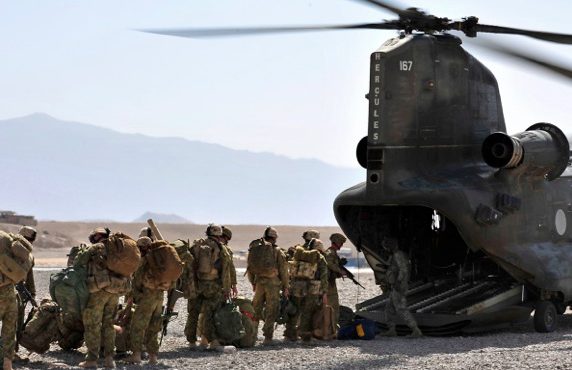
The Australian Defence Force (ADF) was ill-prepared for operations in Afghanistan, as it had no clear plan to deal with captured Taliban and Al Qa’eda fighters.
The ADF had not put any resources into processing and detaining captives in Afghanistan because it assumed that US forces would take responsibility for any prisoners of war (POWs). Australia assumed the US shared its view that the Geneva Conventions applied to all fighters who were captured in Afghanistan and that they would be treated as POWs.
However, these assumptions ‘proved to be unfounded’. The US took a different view: the Geneva Conventions did not fully apply to the conflict and captives were not POWs but “unlawful combatants”.
This left the ADF with a problem. The ADF did not have the resources to detain captives. However, the ADF could not transfer its captives to US custody for detention and processing because to do so would breach the Geneva Conventions, as the US and Australia disagreed about the application of international law.
The impasse meant that Australian troops were engaged in a conflict in which they could not take captives in their own right. This posed serious questions about the ADF’s ability to fulfil its mission effectively in Afghanistan while at the same time meeting its obligations under international law.
As a result, Australia developed a detention policy that avoided its international obligations towards detainees and relied on a legal fiction. That is, if just one US soldier was posted with Australian troops, Australia and the US would designate the US as the Detaining Power and therefore responsible for any captives.
This legal fiction relied on a physical impossibility: that one US soldier was responsible for the capture of any number of prisoners. The legal fiction was the foundation for Australia’s argument that any prisoners captured by the ADF were not really transferred to US custody because Australia was never a detaining power. The documents reveal that:
- Australia knew this arrangement of convenience relied on a legal fiction. Nevertheless, Australia used the policy in Afghanistan and Iraq;
- Australia’s detention policy was inconsistent with the spirit and purpose of the Geneva Conventions. Australia was therefore in breach of international law;
- Australia’s detention policy meant, in effect, that the ADF captured Al Qa’eda or Taliban fighters and then handed them over to the US without any further regard for the prisoners’ treatment. Australia knew the detainees it was handing over would be denied legal protection as POWs; and
- Australia signed the Trilateral Arrangement with the US and UK, which provided for the arrangements to deal with detainees’ treatment and detention in Iraq. The Trilateral Arrangement was drafted to ensure compliance with international law. However, Australia tried to circumvent the Trilateral Arrangement, and its international obligations, by continuing the detention practice it had used in Afghanistan.
Read the full story
Story 1 – Australia’s detention, custody and transfer policy in Afghanistan and Iraq